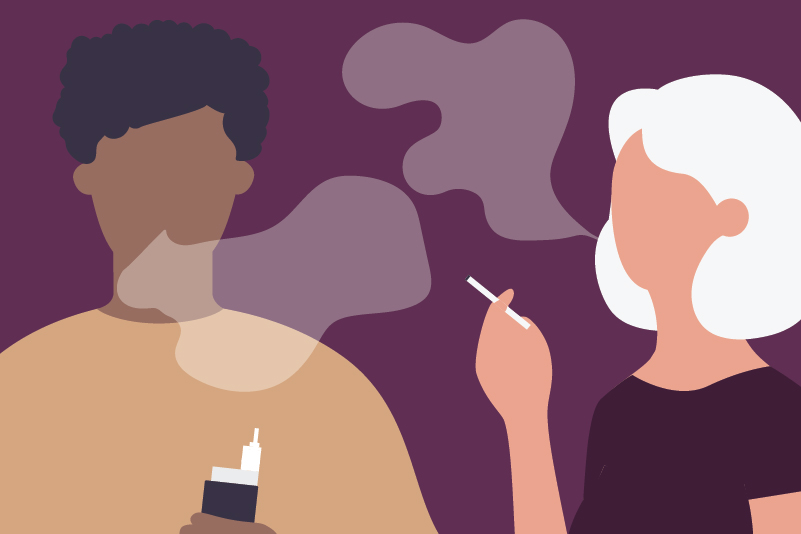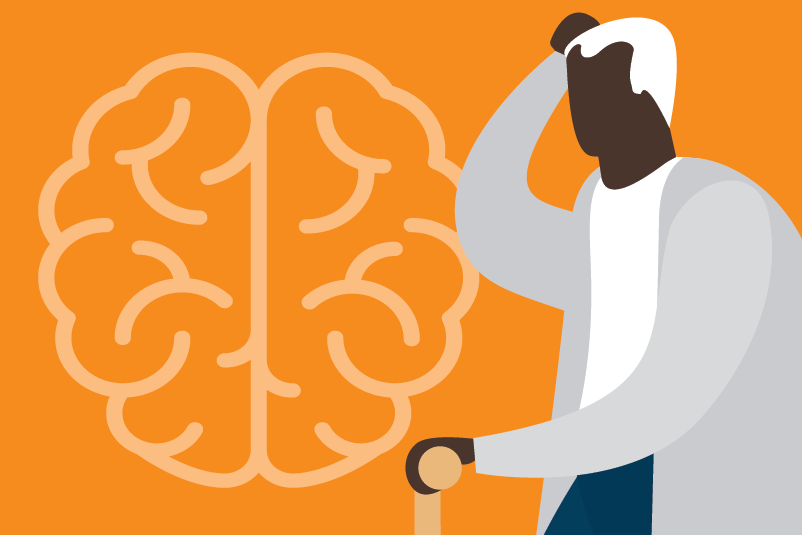#275 A good sleep would be dop(aminergic) doc! Pramipexole in restless legs syndrome

Reading Tools for Practice Article can earn you MainPro+ Credits
Join NowAlready a CFPCLearn Member? Log in
- Pramipexole significantly increased proportion of patients reporting:
- Improved symptoms (“very much better” or “much better”):
- 63% versus 41%; number needed to treat (NNT)=5.
- ≥50% reduction in International Restless Leg Score (IRLS):
- 62% versus 38%, NNT=5.
- Improved symptoms (“very much better” or “much better”):
- Multiple outcomes assessed.2-6
- Patient Global Impression Improvement (“much or very much better”) at 3-6 weeks with:2,4
- 0.25mg: 73%,
- 0.5mg: 77-79%,
- 0.75mg: 57%-68%.
- Patient Global Impression Improvement (“much or very much better”) at 3-6 weeks with:2,4
- Meta-analyzed by PEER, statistically significant increase versus placebo at 3-26 weeks for:
- Nausea: 8 RCTs, 2050 patients:2,7-13
- Pramipexole 14% versus placebo 5%, number needed to harm (NNH)=13.
- Fatigue: 6 RCTs, 1596 patients:2,7,8,10,11,13
- Pramipexole 10% versus placebo 6%, NNH=23.
- No statistically significant increase in dizziness, somnolence or headache compared to placebo.
- Nausea: 8 RCTs, 2050 patients:2,7-13
- Non-pharmacologic treatment options should be tried first. Limited evidence supports options such as exercise, standard acupuncture, and compression devices.14
- If ferritin <50-75ug/L, iron supplementation may be beneficial.15,16
- Other dopaminergic drugs (example ropinirole) have demonstrated similar efficacy.15
- Augmentation may be difficult to identify (example a patient stable for 6 months asks for more medication).16 Risk increases with higher doses of pramipexole16 and duration of treatment:16-18
- <1 year: up to 8%,
- ≥1 year: up to 42%.
- Management of augmentation includes: Modified dosing (example split or earlier dose), alternate pharmacotherapies (example pregabalin or gabapentin), and minimizing exacerbating drugs (examples antihistamines, dopamine-receptor blockers, or serotonergic antidepressants).3,16















I would be curious to know if there is an additive effect affect with gabapentin/pregabalin. I do have the odd patient who fails pramipexole and has a normal ferritin and magnesium level, and have wondered about adding second-line medications in such cases.
pramipexole reasonably effective for restless leg syndrome